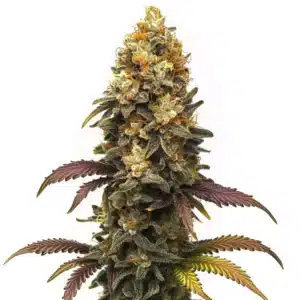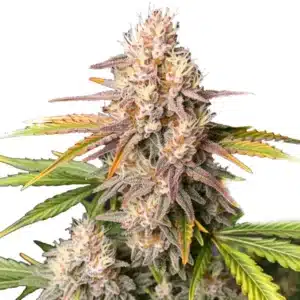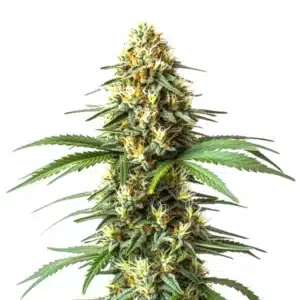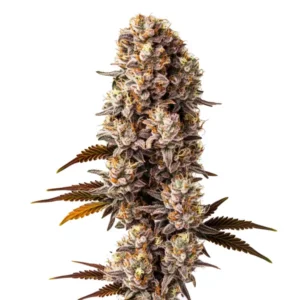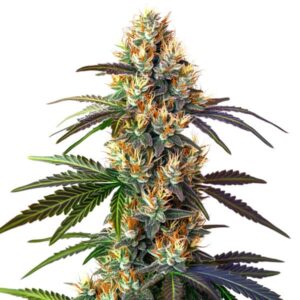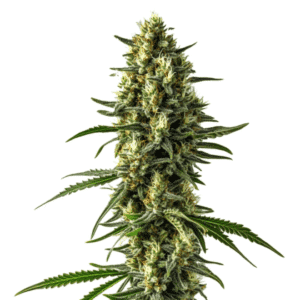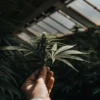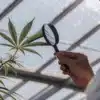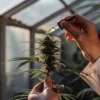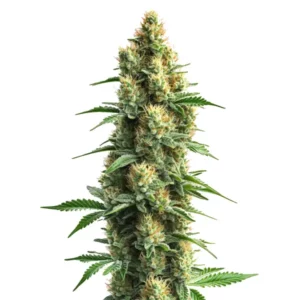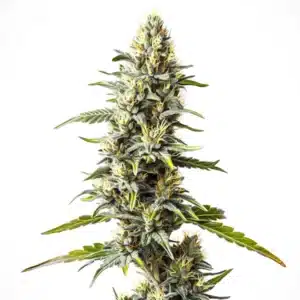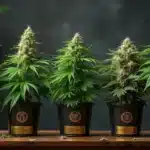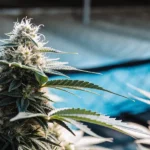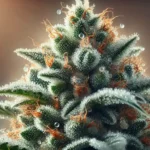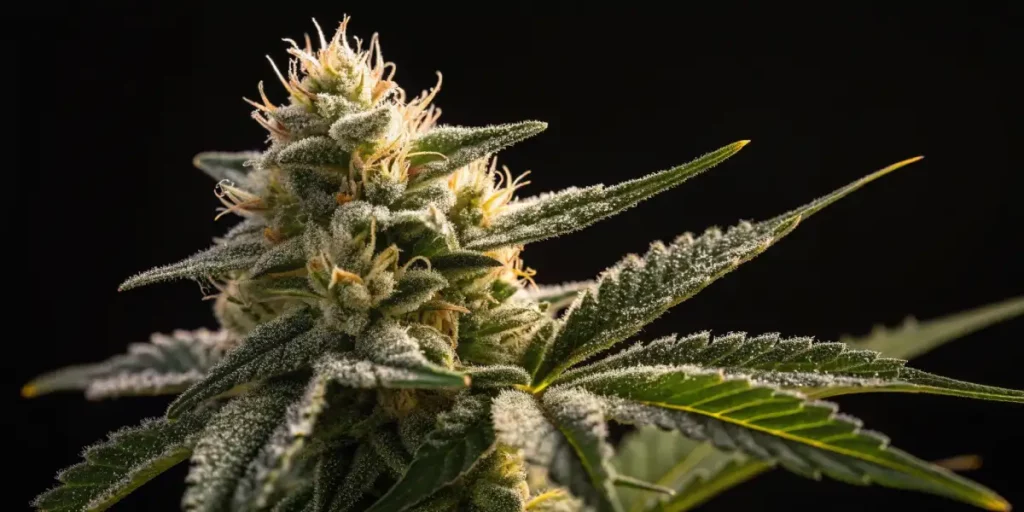
Moldy Weed vs Trichomes: A Closer Look
When you’re dealing with cannabis, knowing the difference between moldy weed vs trichomes is crucial. Both can appear on your plants, but they have vastly different implications. Moldy weed is harmful, whereas trichomes are a sign of healthy, potent cannabis. This guide will help you distinguish between these two common occurrences.
Understanding the differences can save your crop and your health. Knowing what to look for is the first step towards becoming a successful and informed cannabis grower.
Recommended Strains
BC Diesel
|
|
THC | 18% - 20% (Medium) |
|
|
Type | Feminized |
|
|
Yield | Medium |
|
|
Phenotype | 35% Indica / 65% Sativa |
Bc God Bud Regular
|
|
THC | 21% - 23% (Medium) |
|
|
Type | Regular |
|
|
Yield | High |
|
|
Phenotype | 80% Indica / 20% Sativa |
Distinguishing Between Moldy Weed and Trichomes
The first step is recognizing what each one looks like. Trichomes are tiny, crystal-like structures that cover the buds and leaves, giving them a frosty, sparkling appearance. They look like tiny mushrooms with a translucent or milky color when viewed with a magnifying glass.
Mold, on the other hand, comes in different forms. A common type of fungus is powdery mildew, which appears as a white, flour-like dust and is most typically found on the leaves and stems of the plant. It can easily be confused with the resinous look of trichomes. Another dangerous mold is botrytis, or ‘bud rot,’ which is often darker—gray, brown, or black—and usually grows from the inside of the dense buds outwards. Unlike trichomes, mold will look like a cottony, fuzzy growth and does not have a definite structure.
Promos & Deals
What Causes Mold on Cannabis?
Understanding why mold appears is key to prevention. The primary cause is environmental. High humidity and a lack of proper ventilation create the perfect breeding ground for fungus on our plants. This is especially risky late in the flowering stage. A mature cannabis plant is 80-90% water, and its dense foliage and flowers accumulate and trap a lot of this moisture.
It’s also important to know that fungus spores are constantly present in the air and are easily transmitted. They are just waiting for the right conditions to land on a plant and begin to grow.
Finally, pests can be a direct cause of mold. Pests like aphids, spider mites, and especially caterpillars leave behind excrement and create wounds on the plant. This waste and damage provide a food source and entry point for mold spores, particularly for botrytis, to take hold.
Effects of Moldy Weed vs Trichomes on Health
The effects on health are significantly different. Consuming moldy weed can lead to health problems such as lung infections or allergic reactions. It’s crucial to avoid using moldy weed at all costs.
On the other hand, trichomes are not only safe but also beneficial. They contain cannabinoids, the compounds responsible for the medicinal and psychoactive effects of cannabis. The presence of trichomes is a marker of high-quality cannabis, like that found on the Cream Caramel strain.
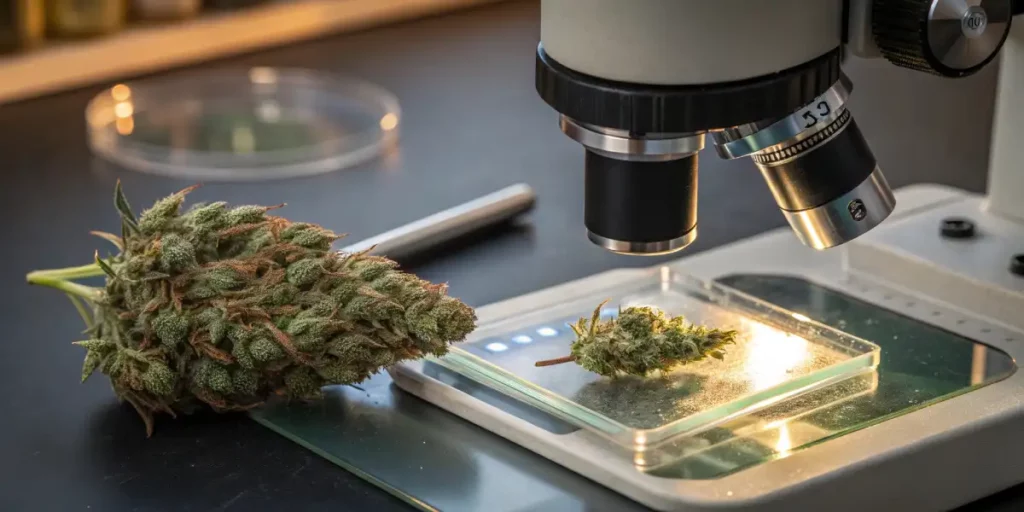
Comparing Moldy Weed vs Trichomes: Knowing the Differences on Cannabis
When comparing mold on cannabis with trichomes, the key differences lie in their appearance and effects. Mold appears as a white or gray fuzzy substance, whereas trichomes are tiny and crystal-like. Moldy weed can have negative health effects, while trichomes contribute to the therapeutic benefits of cannabis. Mold is a sign of poor growing conditions, while trichomes indicate a healthy plant. In essence, one is a problem to be solved, and the other is a goal to be achieved.
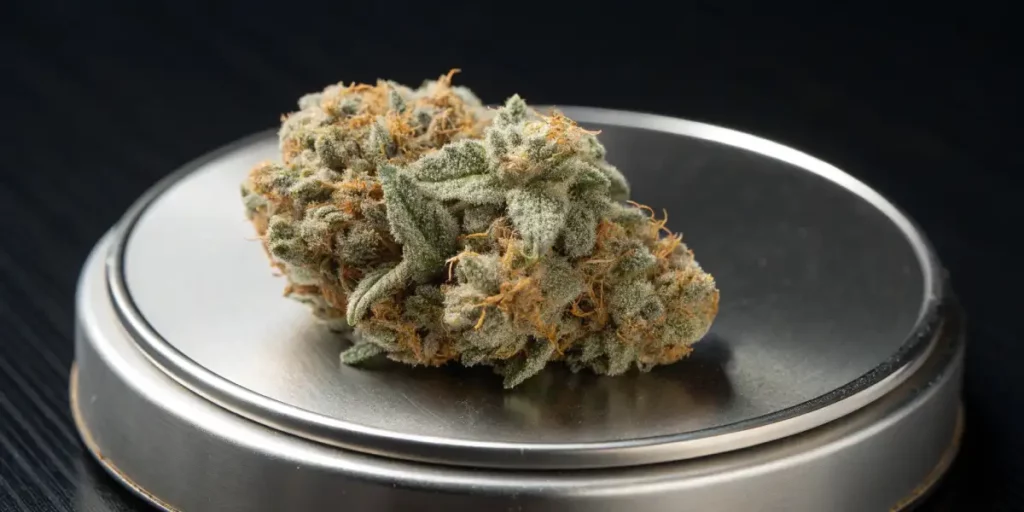
FAQs
How can I prevent mold growth on my cannabis plants?
Prevention involves maintaining optimal growing conditions, especially proper ventilation and controlled humidity levels, as these are the main causes of mold. Ensure plants are not crowded. Choosing mold-resistant strains like Orka can also help.
Can I still use moldy weed?
No, using moldy weed poses significant health risks, including lung infections and allergic reactions. If you suspect your weed is moldy, it’s safest to discard it.
What do trichomes indicate on a cannabis plant?
Trichomes are a sign of a healthy, mature cannabis plant. They are where the plant’s cannabinoids and terpenes are produced. A high trichome count usually indicates potent, high-quality cannabis.
Can I increase the number of trichomes on my cannabis plants?
Yes, certain techniques can enhance trichome production. These include maintaining optimal light, temperature, and humidity levels, and providing the correct nutrients, especially during the flowering stage.
What should I do if I find mold on my cannabis plants?
Remove the affected parts immediately to prevent the mold from spreading. It’s also important to identify and address the cause of the mold (usually high humidity or poor ventilation) to prevent future outbreaks.


